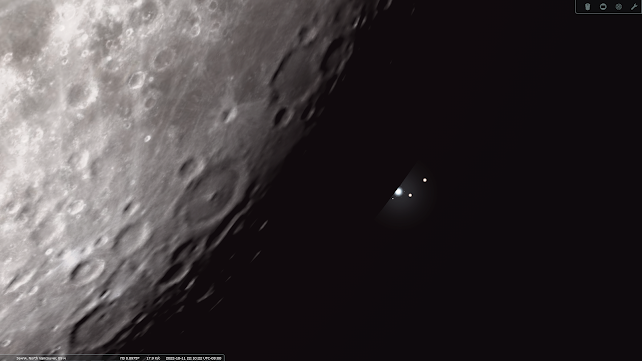
The moon moves along the ecliptic - along the zodiac constellations. The planets also move along the ecliptic. It can be assumed that the Moon sometimes covers the planets. And this happens. However, this is a rather rare event. This is due to the small size of the Moon - only half a degree, and the fact that the orbits of the Moon and the planets do not lie in the same plane - the angle between them is up to several degrees. And more often than not, the Moon misses.
But not at this time.
On the night of October 11-12, 2022, the Moon will cover Uranus, a very distant and dim planet.
Uranus is a telescopic object. It can be seen as a faint star through a spyglass or binoculars. Under very favorable conditions - far from cities, high in the mountains and in a moonless dark sky, Uranus is visible to the eye. But it still needs to be able to find among the thousands of faint luminaries like it.
And only in a telescope - at high magnification, Uranus can be seen as a planet - a small ball with a noticeable darkening to the edges, a slightly greenish tint, and without any details in a cloudy atmosphere. In strong telescopes, several satellites of Uranus can be seen. And that is all. The rings of Uranus are not visible in ground-based telescopes (with the exception of the most powerful and huge monsters, and even then - using special image processing technologies).
Needless to say, the Moon adjacent to Uranus is unlikely to contribute to its successful observations. But still, the observation of Lunar occultations of the planets is of interest to both professional astronomers and amateur astronomers. Professionals solve their own problems, including astrometric (clarification of the theory of the motion of the moon and planets) and spectroscopic (the moon allows you to cut off part of the planet's radiation). For amateurs, this is an interesting challenge - to be able to find a planet in the moonlight and even take a shot.
The upcoming coverage will be visible not on the entire planet, and it will be difficult to observe. The moon will be almost full. Its phase will be 94%. Approaching Uranus, the Moon will be its illuminated edge, and appearing Uranus (about an hour later or less) will be due to the unlit edge of the Moon. But the boundary of day and night on the Moon - the terminator - will be very close to the unlit edge, and moonlight will penetrate into the telescope eyepiece or camera.
This phenomenon will be observed in the northern hemisphere of the planet - in Greenland, Canada (not in all: in Ottawa, Montreal, Quebec, the occultation is not visible; in Winnipeg and Vancouver it is visible), in Alaska and in Eastern Siberia. Something tells me that it is better to observe the Lunar occultation of Uranus in Canada and Alaska than in Eastern Siberia.
In all other regions of the globe, the Moon will either pass Uranus or be below the horizon during the phenomenon.
But in any case, next night, if the sky will be clear, you can point your hand at the Moon and say: "Somewhere here is Uranus now!". And you will be right.
It is worth adding that the Moon on the upcoming night will be 7300 times closer to us than Uranus. And their apparent closeness in the sky is very illusory.
Both luminaries will be located in the Aries constellation.

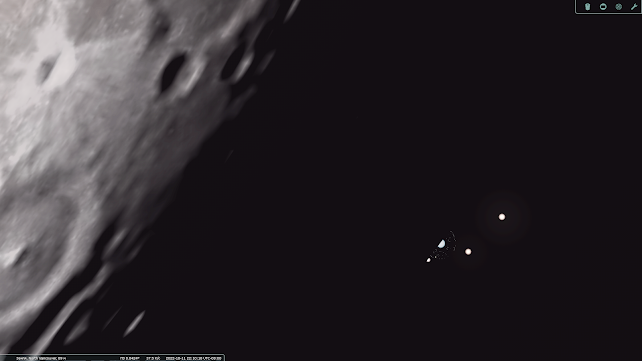
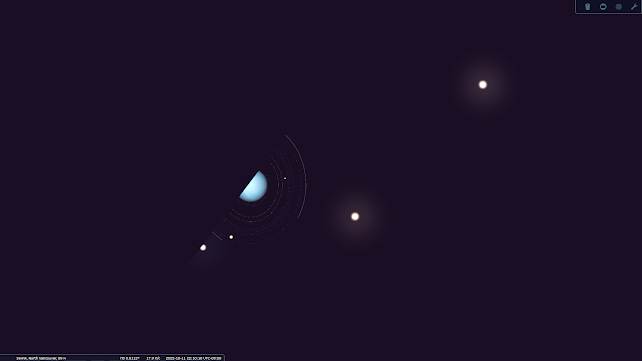
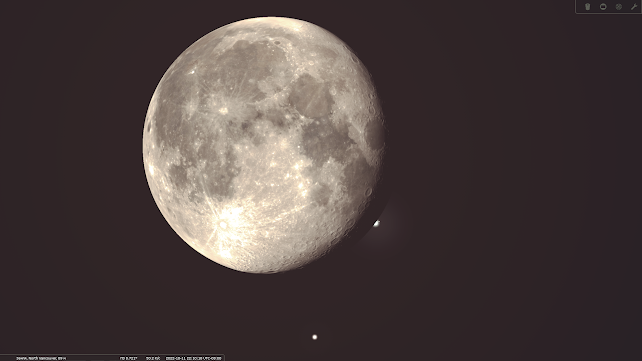
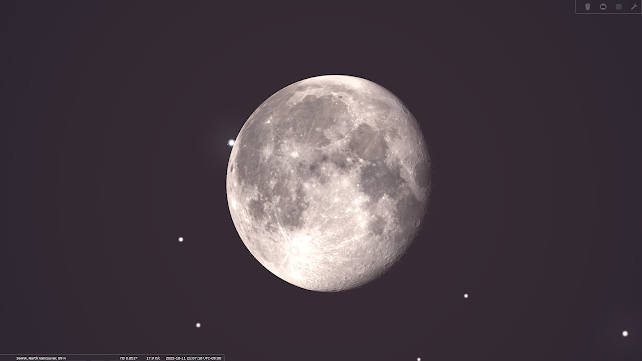
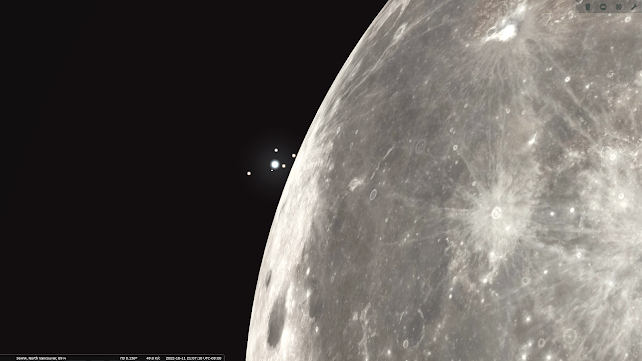
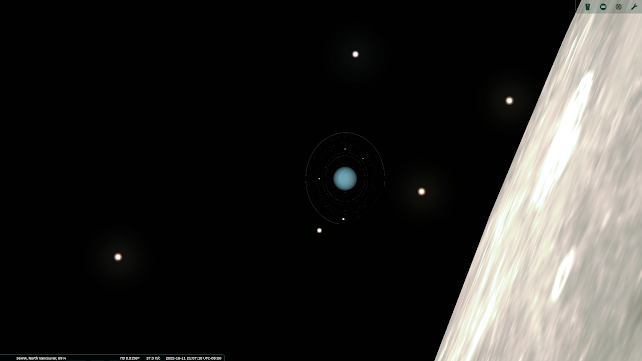
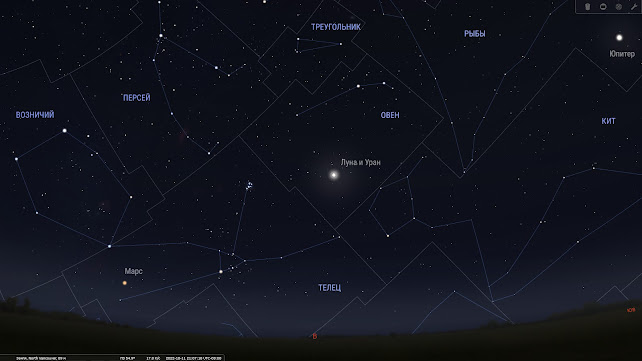
All illustrations gotten
using the Stellarium program
Publication author
Andrey Klimkovsky


No comments:
Post a Comment